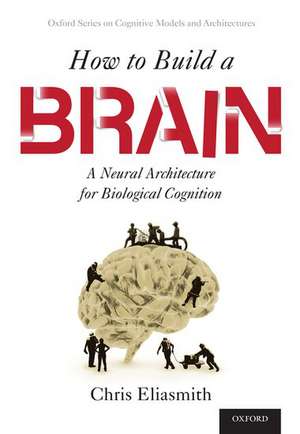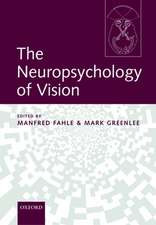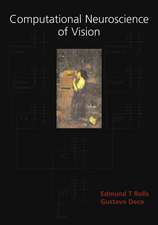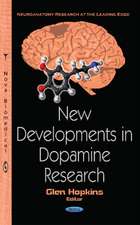How to Build a Brain: A Neural Architecture for Biological Cognition: Oxford Series on Cognitive Models and Architectures
Autor Chris Eliasmithen Limba Engleză Paperback – 25 iun 2015
| Toate formatele și edițiile | Preț | Express |
|---|---|---|
| Paperback (1) | 347.37 lei 31-37 zile | |
| Oxford University Press – 25 iun 2015 | 347.37 lei 31-37 zile | |
| Hardback (1) | 905.96 lei 31-37 zile | |
| Oxford University Press – 27 iun 2013 | 905.96 lei 31-37 zile |
Preț: 347.37 lei
Preț vechi: 425.45 lei
-18% Nou
Puncte Express: 521
Preț estimativ în valută:
66.48€ • 69.15$ • 54.88£
66.48€ • 69.15$ • 54.88£
Carte tipărită la comandă
Livrare economică 03-09 aprilie
Preluare comenzi: 021 569.72.76
Specificații
ISBN-13: 9780190262129
ISBN-10: 0190262125
Pagini: 480
Ilustrații: With illustrations
Dimensiuni: 175 x 251 x 25 mm
Greutate: 0.86 kg
Editura: Oxford University Press
Colecția OUP USA
Seria Oxford Series on Cognitive Models and Architectures
Locul publicării:New York, United States
ISBN-10: 0190262125
Pagini: 480
Ilustrații: With illustrations
Dimensiuni: 175 x 251 x 25 mm
Greutate: 0.86 kg
Editura: Oxford University Press
Colecția OUP USA
Seria Oxford Series on Cognitive Models and Architectures
Locul publicării:New York, United States
Recenzii
How to Build a Brain takes on a daunting task, focusing on those parts that we think are important for memory, attention, and planning. Previous attempts at building a cognitive architecture have used symbols or connectionist networks, but Eliasmith uses spiking neurons and models specific brain regions. Categories and semantics emerge from the architecture. The way that all these moving parts work together provides insights into both the nature of cognition and brain function."
Eliasmith offers a unified theory of cognition that rests on the mechanism of a semantic pointer, namely, a compressed neural representation that can stand as a symbol for a more detailed semantic state or be decompressed to reproduce it, in compositional cognitive processes. Ambitious state-of-the-art modeling grounds the semantic pointer architecture in populations of spiking neurons, providing concrete neural accounts of high-level processes, including attention, learning, memory, syntax, semantics, and reasoning. Along with offering a powerful new approach for integrating cognition and neuroscience, Eliasmith provides detailed technical accounts of his system, with accompanying software that will serve both students and fellow modelers well."
Eliasmith offers a unified theory of cognition that rests on the mechanism of a semantic pointer, namely, a compressed neural representation that can stand as a symbol for a more detailed semantic state or be decompressed to reproduce it, in compositional cognitive processes. Ambitious state-of-the-art modeling grounds the semantic pointer architecture in populations of spiking neurons, providing concrete neural accounts of high-level processes, including attention, learning, memory, syntax, semantics, and reasoning. Along with offering a powerful new approach for integrating cognition and neuroscience, Eliasmith provides detailed technical accounts of his system, with accompanying software that will serve both students and fellow modelers well."
Notă biografică
Chris Eliasmith is Canada Research Chair in Theoretical Neuroscience at the University of Waterloo.




























